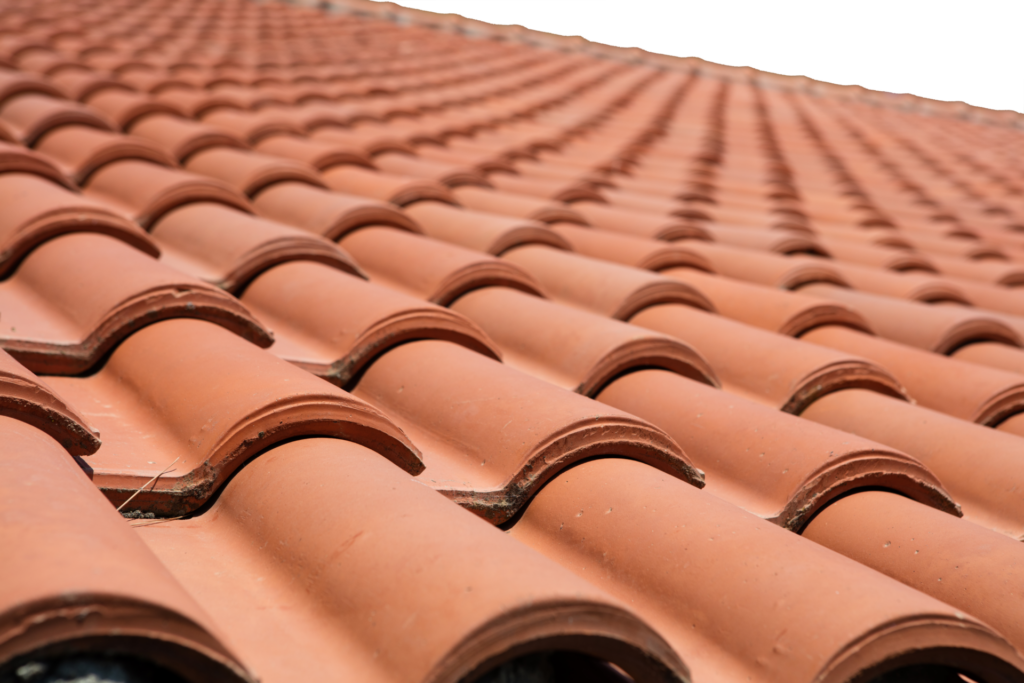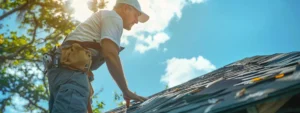Your home is your sanctuary. It’s a place of comfort and safety.
But what happens when the roof over your head starts to fail?
Roof replacement is a significant decision for any homeowner. It’s a substantial investment that impacts your home’s value, safety, and efficiency.
In Florida, the decision becomes even more critical. The state’s unique climate can accelerate roof wear and damage.
So, how do you know when it’s time for a roof replacement?
This guide will walk you through five key signs that your roof may need replacing. We’ll delve into each sign, providing you with the knowledge to make an informed decision.

Whether you’re a new homeowner or have been living in your home for years, this guide is for you. It’s time to take control of your home’s health, starting from the top.
Understanding Roof Lifespan and Florida’s Impact
Before we dive into the signs of a failing roof, it’s crucial to understand the lifespan of different roofing materials. The type of material used on your roof plays a significant role in its longevity.
The Lifespan of Roofing Materials
Asphalt shingles, the most common roofing material, typically last between 15 to 30 years. Metal roofs, on the other hand, can last up to 50 years or more with proper maintenance.
Tile and slate roofs have an even longer lifespan, often exceeding 50 years. However, these materials are more expensive and require a robust support structure due to their weight.
How Florida’s Climate Affects Your Roof
Florida’s climate presents unique challenges for roofs. The state’s high heat, humidity, and frequent storms can accelerate roof wear and damage.
Heat can cause roofing materials to expand and contract, leading to cracks over time. Humidity can foster the growth of algae and mold, which can degrade roofing materials. Frequent storms can lead to physical damage from wind and debris.
Understanding these factors can help you gauge the health of your roof and make informed decisions about roof replacement.
Sign #1: Visible Damage from the Ground
The first sign that your roof may need replacement is visible damage. This damage can often be spotted from the ground, without the need for a ladder.

Missing, Cracked, or Curled Shingles
Missing shingles are a clear sign of a problem. They leave your roof exposed to the elements, which can lead to leaks and further damage.
Cracked or curled shingles are also a cause for concern. They indicate that your shingles are nearing the end of their lifespan and may not be providing adequate protection.
If you notice a significant number of missing, cracked, or curled shingles, it’s time to consider a roof replacement.
Granules in the Gutters
Another sign of roof wear is finding shingle granules in your gutters. As shingles age, they lose their granules, which help protect the shingle from the sun’s damaging UV rays.
If your gutters are filled with granules, your shingles are likely past their prime. This granule loss can accelerate the aging of your roof and increase the likelihood of leaks.
In such cases, a roof replacement may be the best course of action to protect your home from potential water damage.
Sign #2: Sunlight in the Attic and Sagging Roof Deck
The second sign that your roof may need replacement is sunlight in the attic or a sagging roof deck. Both of these issues can indicate serious problems with your roof’s structure.
Inspecting for Light and Structural Integrity
If you can see sunlight coming through your roof when you’re in the attic, it’s a clear sign that there are gaps or holes in your roof. These openings can allow water and pests into your home, leading to further damage.
It’s important to inspect your attic regularly, especially after severe weather events. Look for any signs of daylight peeking through the roof boards.
If you spot sunlight in your attic, it’s time to call a professional for a roof inspection and possibly a roof replacement.
The Risks of a Sagging or Drooping Roof
A sagging or drooping roof is a serious issue that requires immediate attention. This can be a sign of structural issues, such as weakened decking or failing supports.
If left unaddressed, a sagging roof can lead to significant damage, including a roof collapse. This is not only dangerous but can also lead to costly repairs.
If you notice any sagging or drooping in your roof, it’s crucial to contact a roofing professional right away. They can assess the situation and determine whether a roof replacement is necessary.
Sign #3: Water Damage and Leaks
Water damage and leaks are another clear sign that your roof may need replacement. These issues can lead to serious structural damage and mold growth if not addressed promptly.
Identifying Leaks and Moisture in the Attic
If you notice water stains on your ceiling or walls, it’s a clear sign of a leaky roof. These stains often appear as dark or damp spots and can indicate a slow, steady leak.
Another sign of a leak is moisture or dampness in your attic. This can be harder to spot, especially if you don’t regularly check your attic.
If you notice any signs of moisture or leaks, it’s important to call a roofing professional. They can help identify the source of the leak and determine whether a roof replacement is necessary.
The Dangers of Water Damage to Home Structure
Water damage can have serious consequences for your home’s structure. Over time, it can weaken the structural integrity of your home, leading to sagging ceilings, warped walls, and even foundation damage.
In addition, water leaks can lead to mold growth. Mold can be harmful to your health and can also cause damage to your home.
If you notice any signs of water damage or leaks, it’s crucial to address them promptly. A roofing professional can help determine whether a roof replacement is the best course of action.
Sign #4: Rising Energy Bills and Inefficient Insulation
A sudden increase in your energy bills could be a sign that your roof is not performing as it should. An inefficient roof can lead to heat loss in the winter and heat gain in the summer, causing your HVAC system to work harder.
Correlation Between Roof Condition and Energy Costs
Your roof plays a crucial role in your home’s energy efficiency. A well-insulated roof can help keep your home warm in the winter and cool in the summer.
If your roof is damaged or aging, it may not be providing the insulation your home needs. This can lead to higher energy costs as your HVAC system works harder to maintain a comfortable temperature.
It’s important to monitor your energy bills and take note of any sudden increases. If your bills are rising and there’s no other obvious cause, it may be time to consider a roof replacement.
The Benefits of Energy-Efficient Roofing
Investing in an energy-efficient roof can have several benefits. Not only can it help lower your energy bills, but it can also increase your home’s value.
Energy-efficient roofing materials are designed to reflect more sunlight and absorb less heat than standard roofing materials. This can help keep your home cooler in the summer, reducing the need for air conditioning.
In addition, some energy-efficient roofing materials can qualify for tax credits, making them a cost-effective choice in the long run. If you’re considering a roof replacement, it’s worth exploring energy-efficient options.
Sign #5: Roof Age and Frequent Repairs
The age of your roof and the frequency of repairs are key indicators that a roof replacement may be necessary. If your roof is nearing the end of its expected lifespan, or if you find yourself constantly dealing with leaks and other issues, it might be time to consider a new roof.
When Repairs No Longer Cut It
Frequent repairs can be a sign that your roof is nearing the end of its life. While minor repairs can extend the life of your roof, there comes a point when ongoing repairs may not be cost-effective.
If you’re dealing with persistent leaks, missing shingles, or other recurring issues, it might be more economical to replace your roof. A new roof can provide peace of mind and potentially save you money in the long run.
Assessing the Age and Condition of Your Roof
The age of your roof is another important factor to consider. Most roofing materials have a specific lifespan, and once your roof reaches this age, it’s likely to start showing signs of wear and tear.
If you’re unsure of your roof’s age, a professional roofing contractor can help assess its condition. They can identify signs of aging and damage, and provide recommendations on whether a repair or replacement is the best course of action.
Remember, an aging roof doesn’t just affect your home’s appearance. It can also lead to serious issues like water damage and structural problems. Don’t wait until it’s too late – if your roof is old or frequently needs repairs, it might be time for a replacement.
Conclusion: Making the Decision to Replace Your Roof
Recognizing the signs that it’s time to replace your roof is crucial for maintaining your home’s integrity. From visible damage to rising energy bills, these indicators should not be ignored. If you’re experiencing any of these issues, consider consulting a professional. Remember, a timely roof replacement can save you money, enhance your home’s value, and provide peace of mind. Make an informed decision and protect your home by addressing your roofing needs promptly. For expert advice and reliable roofing services, visit ajwellsroofing.com or call us at 904-553-0069 today!




